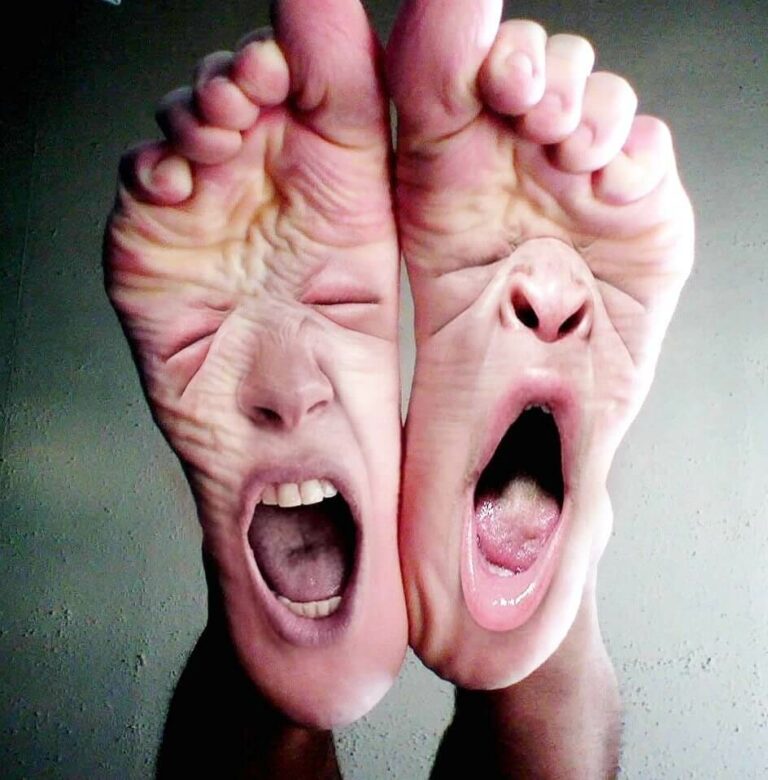Morton’s neuroma is a non-cancerous painful growth of nerve tissue that develops in the foot. In this condition, there is a growth of fibrous tissue around one of the nerves leading to the toes, causing swelling, numbness, stinging, and a sharp, burning pain in the ball of the foot that may worsen while walking. In the majority of Morton’s neuroma cases, only one nerve is affected. It’s uncommon to find two neuromas in the same foot or even neuromas in both feet; only around 10-15% of patients have bilateral Morton’s neuroma. However, these do sometimes occur. But why?
Morton’s Neuroma usually occurs due to compression or rarely injury to one of the nerves leading to the toes. This may be due to improper footwear or to prolonged load on the feet due to walking, running, or hiking for long distances, for example. It occurs more commonly as a result of biomechanical instability of the forefoot that, along with the repeated movement, causes stress on the nerve leading to the formation of the neuroma.
Our body isn’t perfectly symmetric, including our feet. Our weight is not always equally distributed between both feet, and as a consequence, one foot may be naturally more susceptible to injuries than the other. However, there are inherited anatomical and biomechanical traits that can render both feet susceptible to developing a neuroma. For example, having metatarsals located closely together or having an abnormal load distribution between the metatarsals can increase the likelihood of developing Morton’s neuroma in both feet. Also, there may be an absence of natural padding under the feet that increases local pressure and renders them more susceptible to mechanical stress, and consequently, to the development of neuromas.

Footwear can also be blamed. Inadequate shoes that increase pressure in the forefoot increase the probability of developing bilateral neuromas. These include tight or narrow shoes, or with thin soles or improper cushioning, particularly when having high heels, hence the larger incidence of Morton’s Neuroma in women.
If you’re an athlete and wear tight fitting shoes for long periods of time, you may be more susceptible to bilateral or multiple neuromas, e.g football players or snow skiers.


By providing us with your information you are consenting to the collection and use of your information in accordance with our Terms of Service and Privacy Policy.